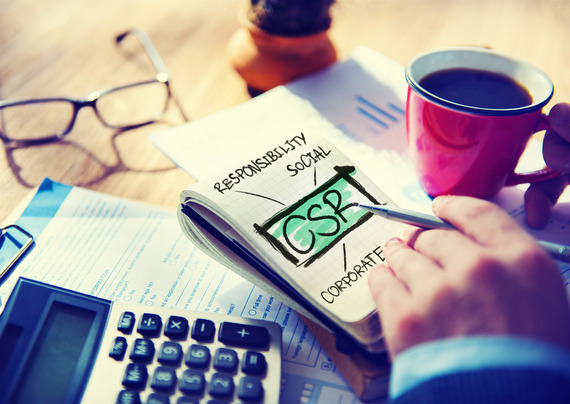Ever since the Indian government devised the corporate social responsibility (CSR) norms to be followed by all the organisations of a certain size, worth, and profitability, including setting a floor limit for the financial commitment to be made on this front, we have seen corporate groups shoring up their acts in this arena.
From merely writing out cheques for the NGOs and other philanthropic organisations, as generally used to be the case before the CSR provisions formally kicked in, the companies have increasingly become more involved in the corporate social responsibility domain, putting in place systems and processes to decide on the sector, level, and scale of their interventions as well as for monitoring and evaluating these initiatives.
Govt-Led CSR Bandwagon
The likely payoffs in terms of business goodwill and reputation-building in addition to the opportunities to present themselves as model corporate citizens and win brownie points over competition have also played their parts in driving the CSR agendas of many companies in recent times.
Enterprises, particularly in the private sector, have aggressively taken to social media, and even paid media avenues to showcase their work in the CSR domain (the media visibility on this score being directly proportional to the spending power of the organisation involved).
At the same time, there have been quite a few smart companies which seem to have tried to effectively leverage spending on public service causes through the CSR route by piggybacking on identified social sector initiatives of the government that resonate with the business the corporate is involved in to market their own products or services.
In a classic case, one may say, of having your cake and eating it too by attempting to cash-in on the ‘pull factor’ of the government-connect with the social sector initiative to raise market share.
Steps in CSR Initiative
The usual template followed in such instances has typically involved five major steps:
Roping in a Media Partner
Creating a Media Property to take ownership of the social cause before a savvy competitor does
Appointing a Celebrity Brand Ambassador (ideally with Bollywood connections)
Creating a buzz around the company’s involvement with the identified cause through social media, ads, and PR-driven interviews, and
Carrying out extensive off-line marketing activities at locations chosen for the CSR project
Getting Bang for the Buck
As is to be expected, the tools employed by the organisations concerned for measuring the success of their CSR projects in these cases have been akin to those frequently used for determining the efficacy of normal marketing campaigns.
From the number of people reached through social media and marketing through mobile phones to how many mentions on social media and the change in the brand score before and after the CSR intervention etc, the key evaluation criterion in these scenarios has always been guided by one golden rule: whether the company has succeeded in getting the maximum bang for the CSR buck.
With the economic environment getting more challenging, the possibility of more companies blurring the line between business activities and CSR is likely to increase in the future, given the pressure on branding whiz kids to squeeze out the last bit of juice from reduced marketing budgets to raise the organisational profile.
The beginning of a new year may thus be a good time for the government to start putting in place the mechanism to take stock of whether organisations are abiding by the CSR provisions laid down in both letter and spirit. Doing so is likely to ensure that CSR does not end up as just another usual marketing exercise with merely a social spin attached to it.
This article was taken from here.

